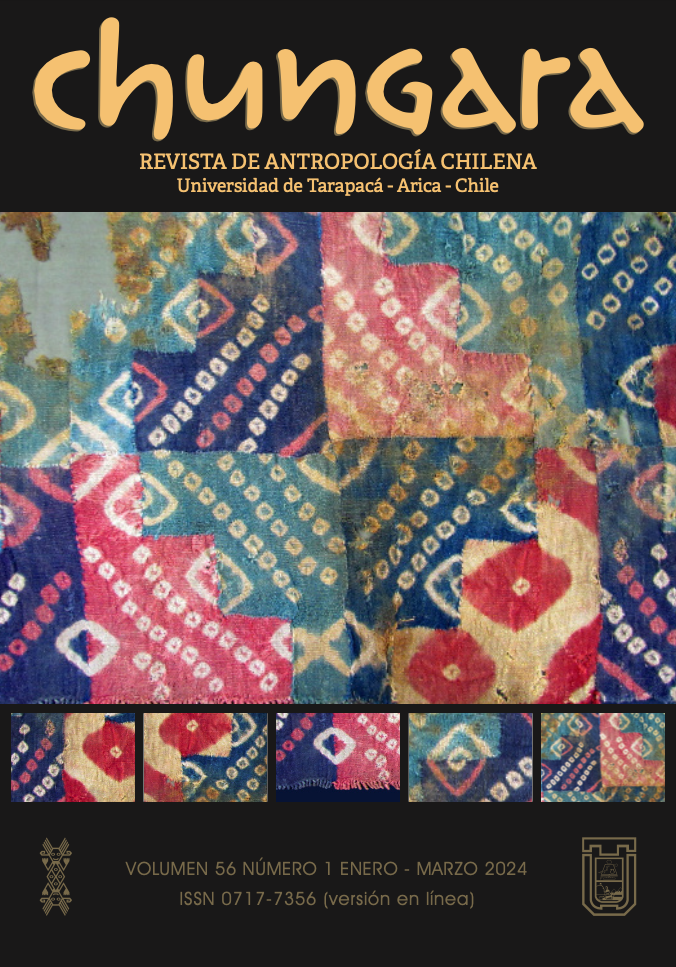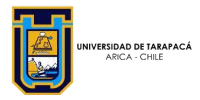LOS MUSEOS Y SU ROL COMO DIFUSORES DEL PASADO PREHISPÁNICO EN BOLIVIA: UN ESTADO DE LA CUESTIÓN
THE MUSEUMS AND THEIR ROLE AS TRANSMITTERS OF THE PREHISPANIC PAST IN BOLIVIA: STATE OF THE ISSUE
Claudia Rivera Casanovas
Bolivia is a country with a rich and diverse pre-Hispanic past. The archaeological investigations carried out in recent decades, as well as the ethnographic and ethnohistorical works, have greatly expanded the knowledge about pre-Hispanic societies, their regional historical trajectories, their forms of organization and subsistence, as well as their ideological and material culture aspects. The archaeological information on different regions of the country has allowed to build sequences and processes that greatly enrich local and regional histories to a large extent. The dissemination of this knowledge should reach different audiences in various ways, with museums being privileged spaces for this purpose. This work focuses on understanding how the archaeological information produced in the academic and research fields is incorporated into exhibitions and activities in different types of museums (national, university, municipal, regional, community and others). At the same time, it explores the probable degree of impact and acceptance in the general public. In particular, it evaluates if museums play a significant role, contributing to the formation of a collective imagination about the pre-Hispanic past at different scales.







